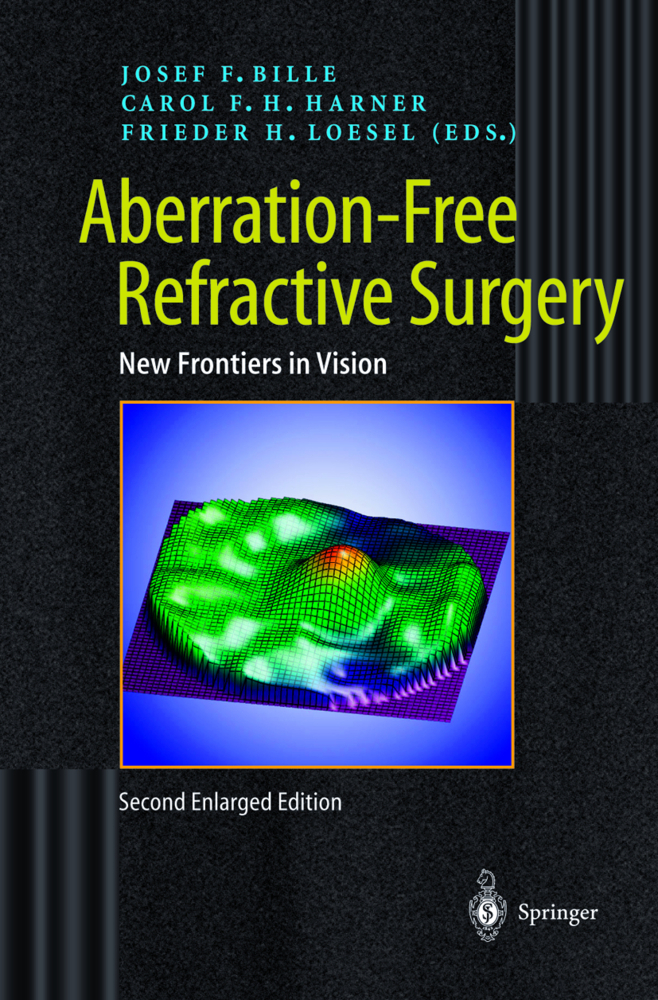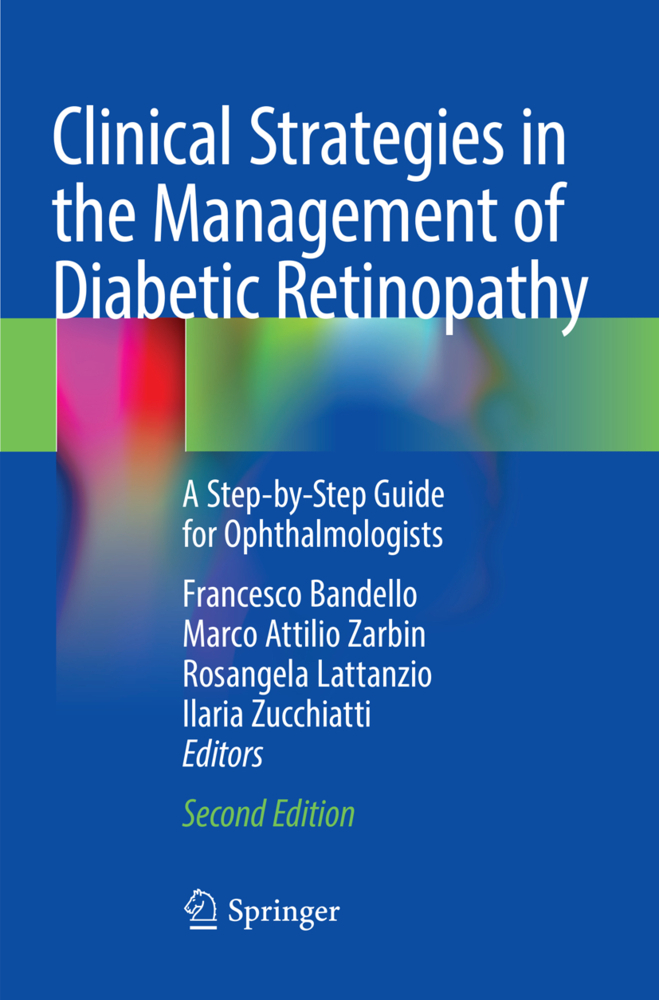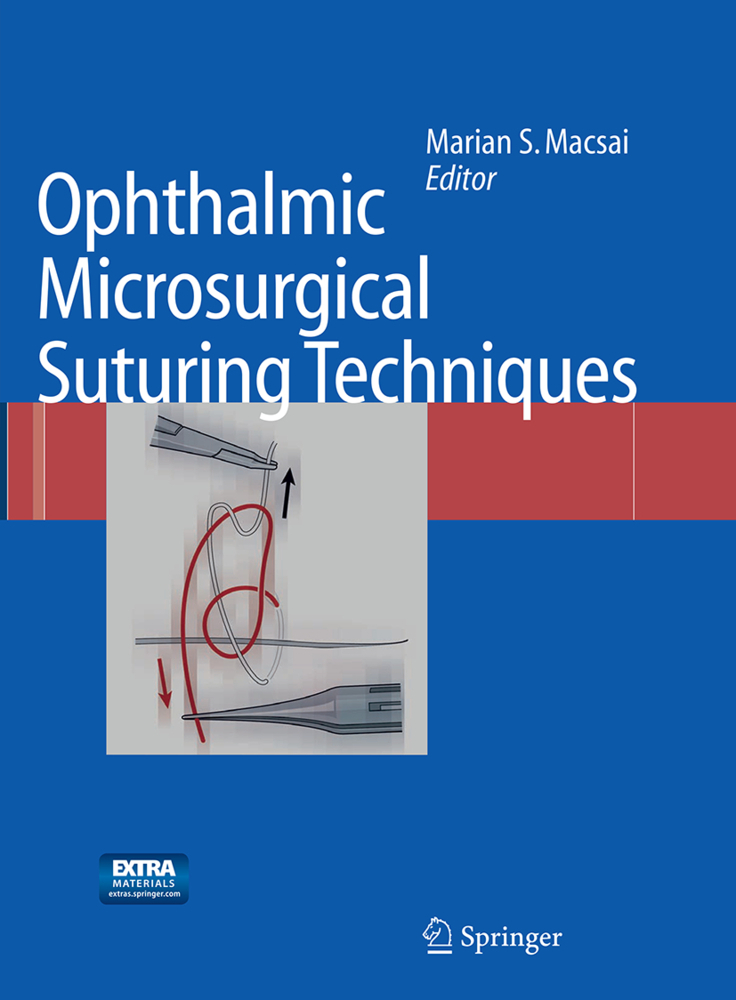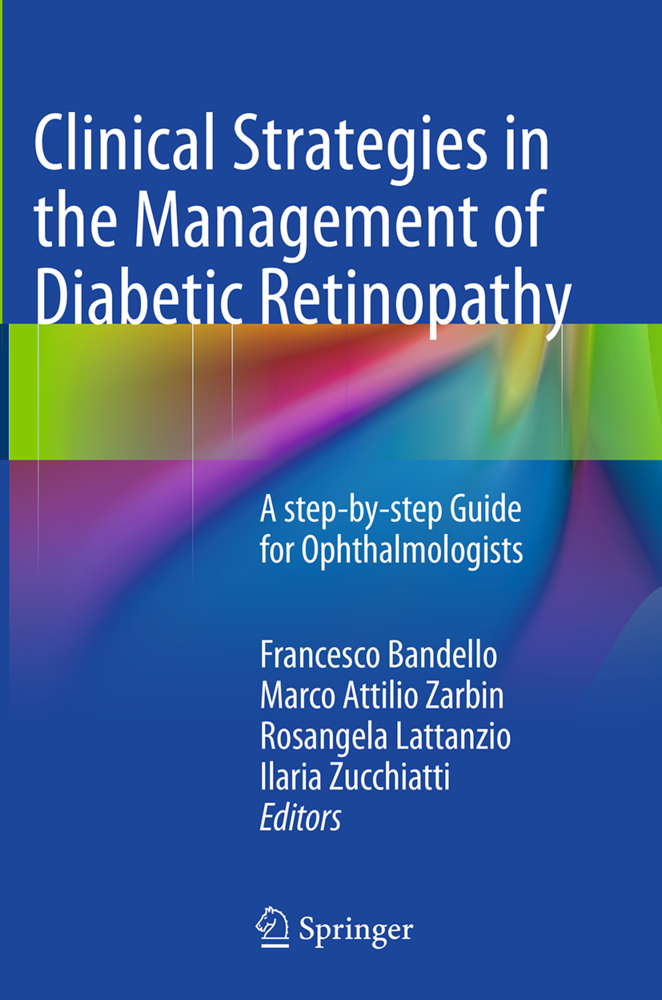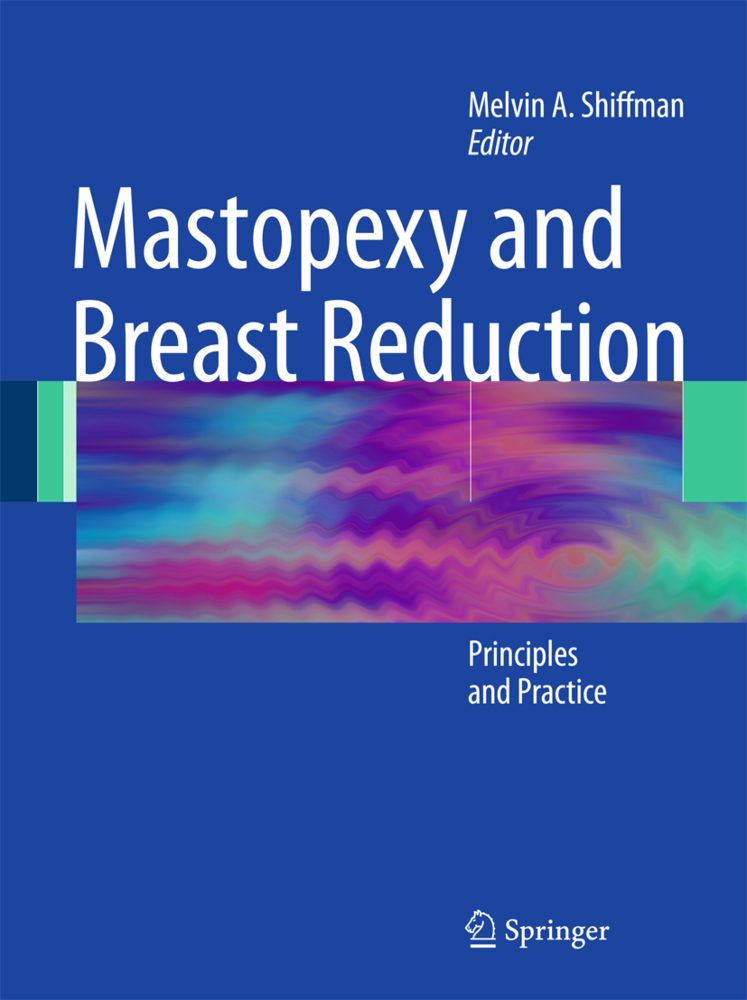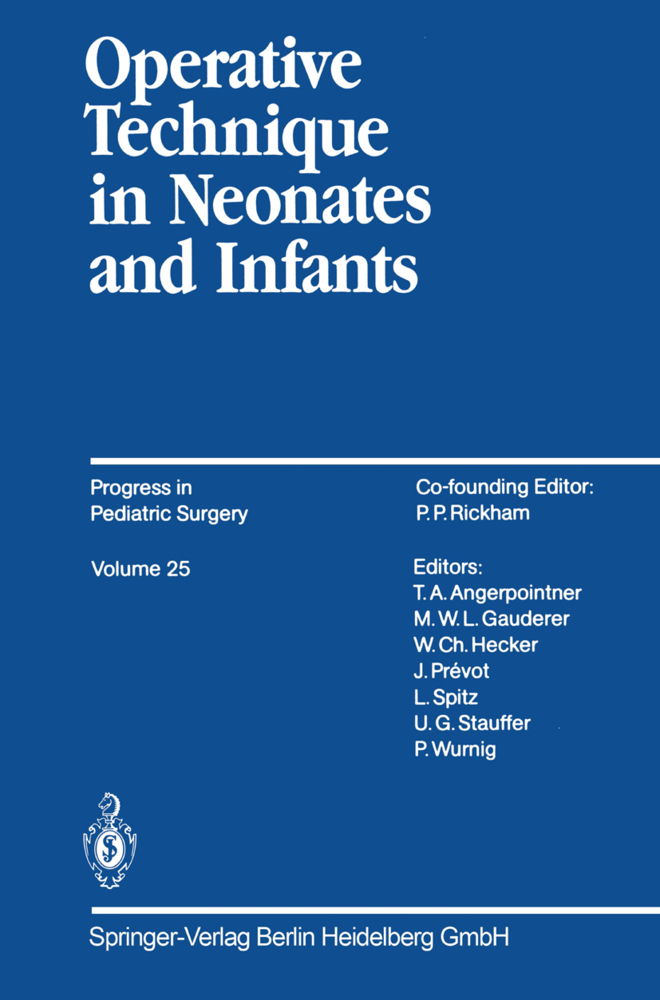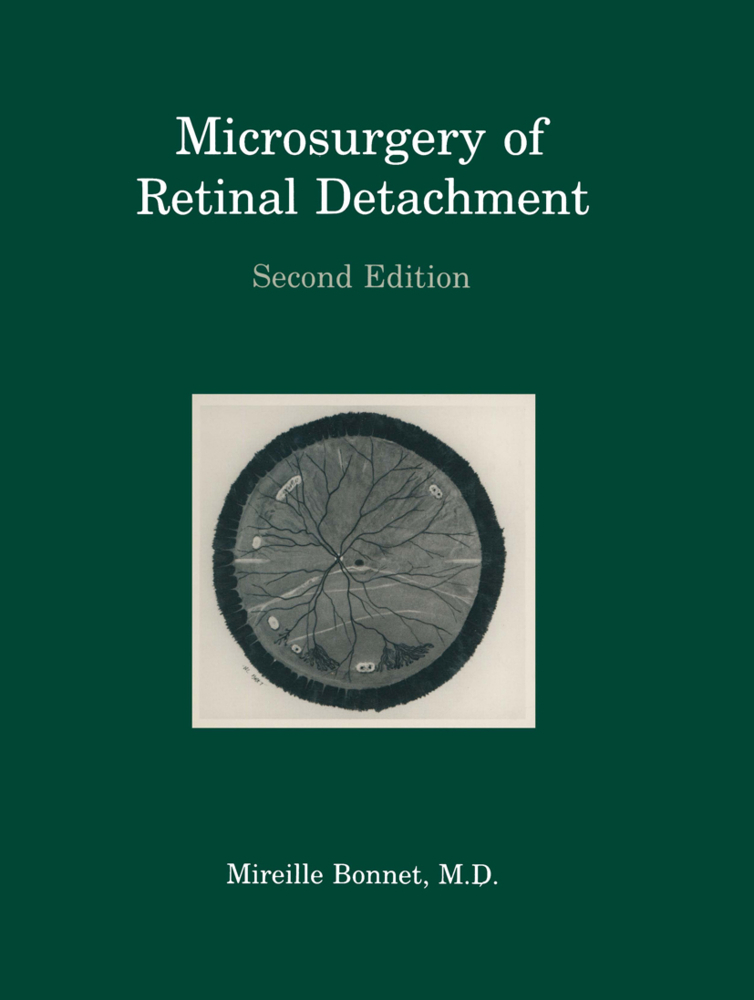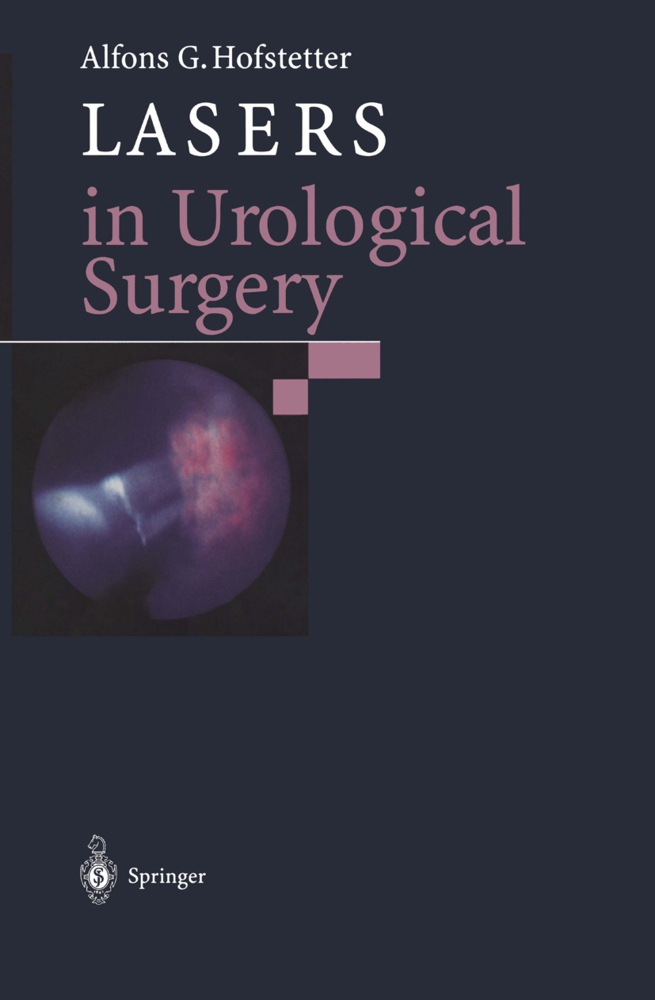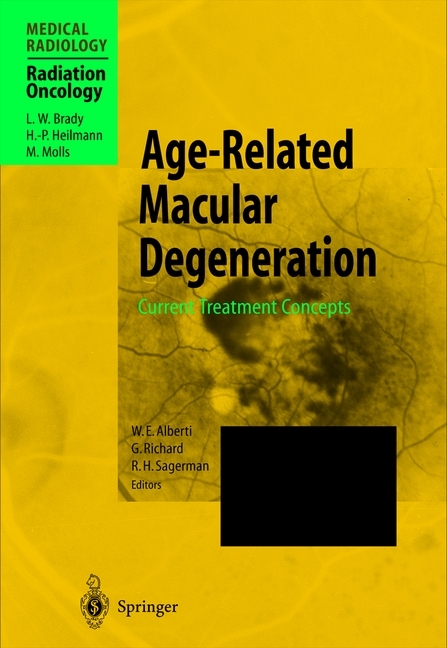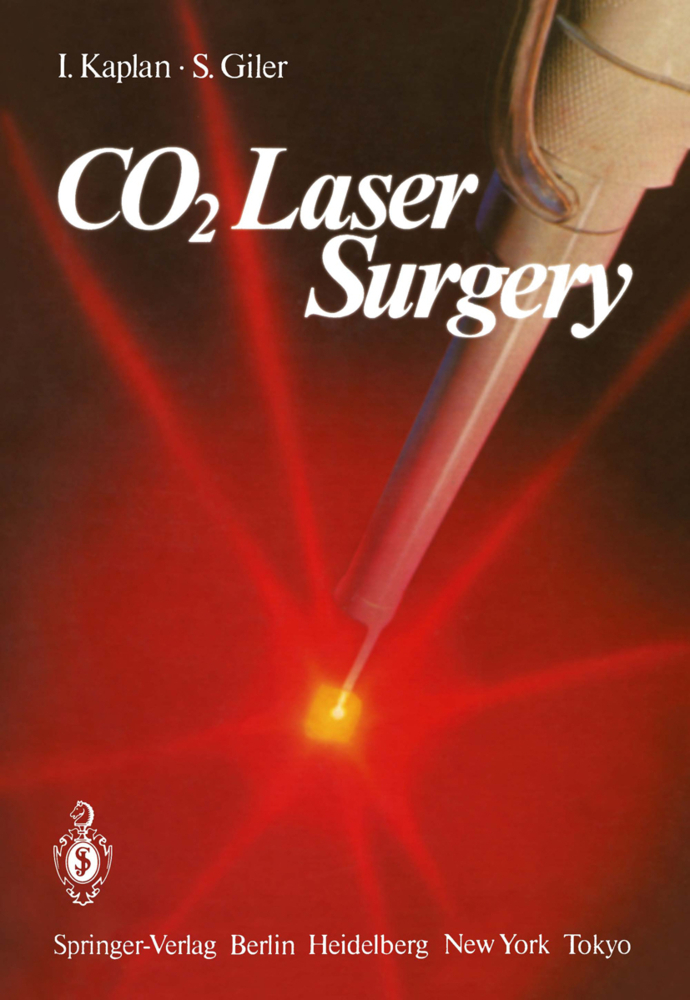Aberration-Free Refractive Surgery
New Frontiers in Vision
Aberration-Free Refractive Surgery
New Frontiers in Vision
A great deal of progress has been made since the publication of the first edition of Aberration-Free Refractive Surgery. It is now generally accepted that wavefront technology is defining a new standard of practice. The second edition of Aberration-Free Refractive Surgery expands on the first with in depth descriptions of advances made in this exciting field as well as glimpses of what to expect next. This volume provides the practitioner with solid background information from top researchers. The book will be indispensable to those practitioners and other optics professionals who wish to extend their knowledge of customi zed refractive surgery into an understanding of the underpinning technology. New subjects covered in this edition include cyclotorsional eye tracking, cy clotorsional registration, Variable Spot Scanning algorithms and underlying mathematical principles, and recent clinical results that support the conten tion that wavefront guided procedures are the new standard of practice for refractive surgery. In comparison to the first edition, due to the addition of new chapters the numbering of the previous chapters occasionally has been changed. For ex ample, Chap. 11, Wavefront Driven Custom Ablation: First Clinical Results, the so-called Heidelberg Study, was previously Chap. 7 in the first edition, whereas in this second edition the current clinical status of customized re fractive surgery results is presented in Chap. 13: Reviewing the Wavefmnt Clinical Trials: Myopia, Huperopia, and Eyes with Reduced Acuity.
3 An Aberration Generator for the Calibration of Wavefront-Sensing Optometers
4 Optical Quality of the Human Eye: The Quest for Perfect Vision
5 First Clinical Results with WaveScan
6 Wavefront Analysis: Clinical Primer
7 Active Eye Tracking for Excimer Laser Refractive Surgery
8 Cyclotorsional Eye Tracking
9 Full Registration of the Laser Ablation to the Wavefront Measurement
10 Variable Spot Scanning and Wavefront-Guided Laser Vision Correction
11 Wavefront Driven Custom Ablation: First Clinical Results
12 Photorefractive Keratectomy: Indications, Surgical Techniques, Complications, and Results
13 Reviewing the Wavefront Clinical Trials: Myopia, Hyperopia, and Eyes with Reduced Acuity
14 Refractive Surgical Applications of Femtosecond Lasers
15 Femtosecond Laser Technology in Keratoplasty
Appendices
A Refractive Society Symposium
A.1 Comparing WaveScan and Manifest Refractions D.D. Koch
A.2 Patient Selection for LVC Using Wavefront Technology J.F. Doane
A.3 Multi-center Wavefront Ablations T.P. O'Brien
A.4 Six-month U.S. Refractive Wavefront Ablation Results C. Kraff
A.5 Preliminary Therapeutic Wavefront Ablation Results R.K. Maloney
A.6 Presbyobic LASIK Techniques G.E. Tamayo
A.7 Diagnostic Wavefront Compensation with Adaptive Optics F.H. Loesel
B Refractive Outcomes with "One-Step" Wavefront Guided LASIK D.D. Koch, L. Wang
B.1 Introduction
B.2 Patients and Methods
B.2.1 Patient Selection
B.2.2 WaveScan Treatment Design
B.2.3 WavePrint Treatment Methods
B.2.4 Main Outcome Measures
B.3 Results
B.3.1 Cohort Description
B.3.2 UCVA
B.3.3 Change in BSCVA
B.3.4Predictability
B.3.5 Stability
B.3.6 Higher Order Aberration Changes
B.3.7 Complications and Adverse Events
B.4 Conclusion
About the Editors.
1 The Development of Wavefront Technology and its Application to Ophthalmology
2 Wavefront Technology for Vision and Ophthalmology3 An Aberration Generator for the Calibration of Wavefront-Sensing Optometers
4 Optical Quality of the Human Eye: The Quest for Perfect Vision
5 First Clinical Results with WaveScan
6 Wavefront Analysis: Clinical Primer
7 Active Eye Tracking for Excimer Laser Refractive Surgery
8 Cyclotorsional Eye Tracking
9 Full Registration of the Laser Ablation to the Wavefront Measurement
10 Variable Spot Scanning and Wavefront-Guided Laser Vision Correction
11 Wavefront Driven Custom Ablation: First Clinical Results
12 Photorefractive Keratectomy: Indications, Surgical Techniques, Complications, and Results
13 Reviewing the Wavefront Clinical Trials: Myopia, Hyperopia, and Eyes with Reduced Acuity
14 Refractive Surgical Applications of Femtosecond Lasers
15 Femtosecond Laser Technology in Keratoplasty
Appendices
A Refractive Society Symposium
A.1 Comparing WaveScan and Manifest Refractions D.D. Koch
A.2 Patient Selection for LVC Using Wavefront Technology J.F. Doane
A.3 Multi-center Wavefront Ablations T.P. O'Brien
A.4 Six-month U.S. Refractive Wavefront Ablation Results C. Kraff
A.5 Preliminary Therapeutic Wavefront Ablation Results R.K. Maloney
A.6 Presbyobic LASIK Techniques G.E. Tamayo
A.7 Diagnostic Wavefront Compensation with Adaptive Optics F.H. Loesel
B Refractive Outcomes with "One-Step" Wavefront Guided LASIK D.D. Koch, L. Wang
B.1 Introduction
B.2 Patients and Methods
B.2.1 Patient Selection
B.2.2 WaveScan Treatment Design
B.2.3 WavePrint Treatment Methods
B.2.4 Main Outcome Measures
B.3 Results
B.3.1 Cohort Description
B.3.2 UCVA
B.3.3 Change in BSCVA
B.3.4Predictability
B.3.5 Stability
B.3.6 Higher Order Aberration Changes
B.3.7 Complications and Adverse Events
B.4 Conclusion
About the Editors.
Bille, Josef F.
Harner, C.F.H.
Lösel, Frieder
| ISBN | 978-3-540-20421-3 |
|---|---|
| Artikelnummer | 9783540204213 |
| Medientyp | Buch |
| Auflage | 2. Aufl. |
| Copyrightjahr | 2003 |
| Verlag | Springer, Berlin |
| Umfang | XIX, 297 Seiten |
| Abbildungen | XIX, 297 p. |
| Sprache | Englisch |

